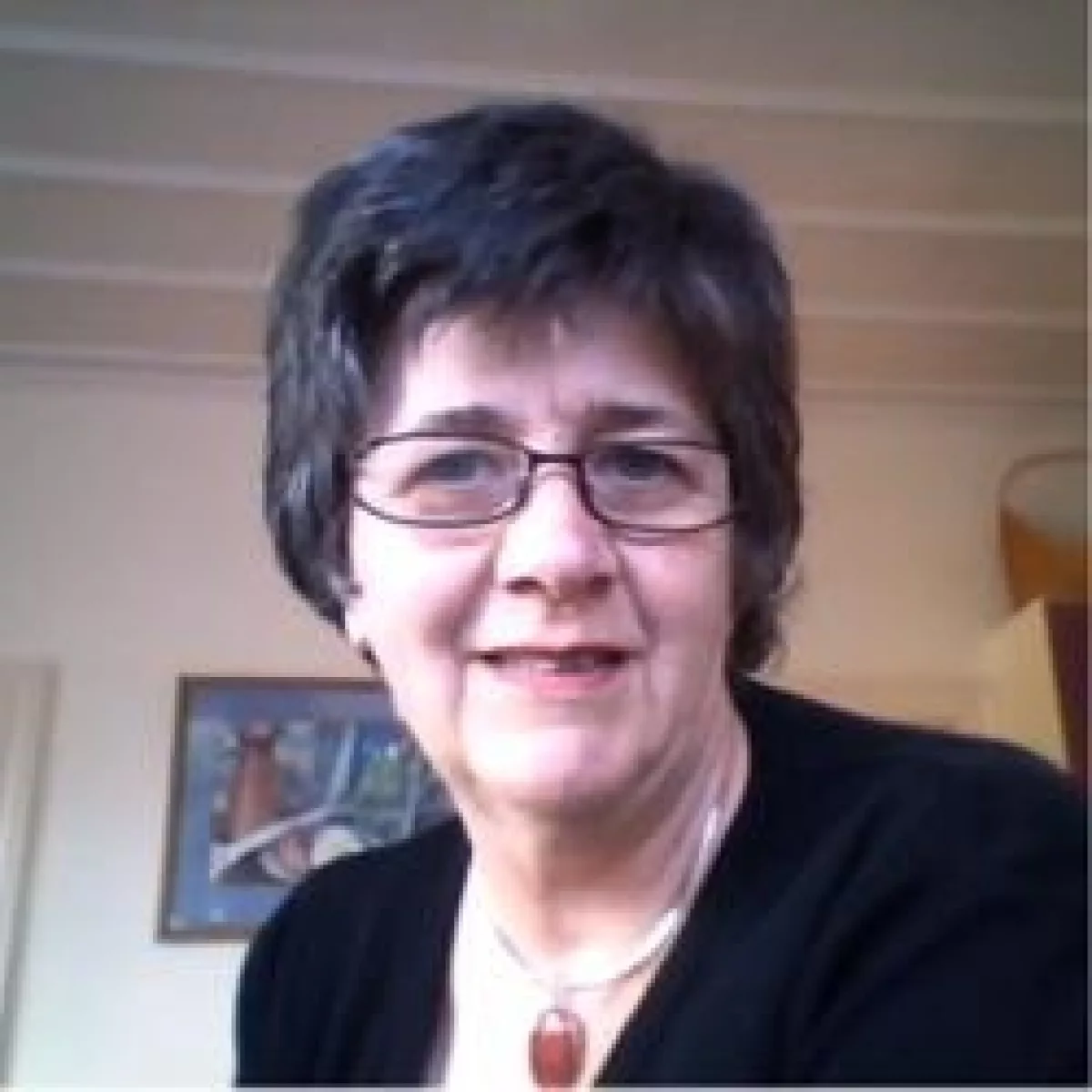The Pioneer Class, by Denise Civil
31 Mar 2016
The Pioneer Class: Women who Started at the Auckland School of Architecture in 1972.
Fifty-one independently pioneering women attended the Auckland School of Architecture in the 25 years between 1947 and 1971. We can identify them from the few records of class registers that randomly remain. Who knows if these are all of the women enrolled, since the records are only for a few of the subjects taught during those years. We should be perversely grateful that the women are clearly identified in these class lists as “Miss” or “Mrs” while their male colleagues are recorded by initials and surname only. We also cannot be sure that they are not counted twice, initially under a maiden name and later as a married woman.1
Fifty-one women students in 25 years is an average of 2 per year in classes of about 70. In this period women were making up about 3% of the total.
From these records it appears that in the 25 years prior to 1972 there were never more than 8 women students in the whole of the Auckland School of Architecture at any one time. In some years there were none. In the late 1950s there was a small cohort of 8 women students, starting with the 1955 1st Prof intake of 4 women, including Wendy Light. The numbers dropped off again in the early 1960s with at most only 2 or 3 women enrolled across the school until 1968 when the numbers started to pick up again.
This all changed in 1972 when the university offered places to 14 women students2.
This article is about those 14 women, what happened to them and why that group of women is significant.
In 1972 acceptance into the School of Architecture came after completing an intermediate year of three university subjects one of which had to be physics. The 70 places in the First Professional Year that year were offered to all who applied. This was the last time that this happened. The B.Arch degree comprised 5 years of tertiary study starting with an Intermediate and followed by the 4 Professional years at the School.
Even though 14 of the 70 (20%) places were offered to women, only 13 of them started their 1st Prof year together. They were Jane Admore, Elaine Carter, Margaret Collett, Robyn Cuthbert, Wendy Fitzpatrick, Denise Hackwell, Helen Krivan, Philippa McConachy, Sarah Scott, Jenny Smith, Wendy Moody, June Pallot, and Karen Risely all started at the beginning of the year.2
The 14th woman was Sarah Treadwell. She took a gap year before enrolling to take up her place in the 1973 First Prof class a year behind the others. 3 Sarah took up an academic career in architecture and later became head of the Auckland Architecture School.
What happened to the 13 pioneers?
Margaret did not stay for long. Our recollection is that she was only in the class for about 2 months.4
Helen Krivan left at the end of 2nd Prof to marry her high school sweetheart who was studying medicine at Otago University. She went on to do a BA in English at Massey graduating in 1991, then an MA English 1st Class Hons from the University of Waikato followed by a PhD, and PGDipPsych(Clin),(Clinical Psychology). 5
Philippa McConachy got married at the end of 3rd Prof and took a year out to build her own house. She then went back to join the year behind and graduated with that class as Philippa Johnson. She worked for the Education Board after graduation and registered in 1979. She set up her own sole practice, doing mainly residential projects, which she still runs. 6
Karen Risely completed 3rd Prof and then dropped out as she needed to work. She got a job in television and worked as a set designer for a time, travelled and then returned to Christchurch. She completed a course in interior design but subsequently went on to a career in Real Estate.7
Wendy Fitzpatrick took a year out to travel, and then worked as an architectural draughts person before returning to complete her degree. She graduated B.Arch in 1988 after completing part time while working for Peddle Thorp and Aitken Architects. She registered in 1992. 8
Jane, Elaine, Robyn, Denise, Sarah, Jenny, Wendy, and June all graduated with B.Arch with their cohort class. Denise and June both graduated with B.Arch Hons. So we have 8 of the 13 women who started together completing their degrees and graduating together and two, Wendy Fitzpatrick and Philippa Johnson, completing their degrees at a later date.9
After graduation, we don’t know what happened to Elaine. There is no record of her as a registered architect in New Zealand.
Wendy Moody returned to her home town of Hamilton to raise her son and had occasional work in architectural offices in the region, but hasn't registered. 10
Jenny Smith didn't register either. She did further study in education and weaving (at Nelson Polytech), travelled and spent a number of years in India and the USA. Jenny has since died. 11
After graduating June Pallot worked for Don Donnithorne in Christchurch. She registered in 1978 but didn’t find the work particularly challenging. She subsequently became a distinguished Professor of Accountancy at Canterbury University, working also in the public sector often on international projects for foreign Governments. For her contribution to Public Sector Financial management reform an award was instigated in her name. She married Graeme Craigie who was in the year ahead at architecture school. June died from breast cancer in 2004.12
Robyn Cuthbert became Robyn Bilkey when she married Alan at the end of 1st Prof. She was the second of the graduation group to get registered in 1979 and has run a home based sole practice since 1982 after returning to New Zealand from travelling overseas and working in London. 13
The next to register was Jane Admore in 1981. She worked for Hoadley Budge Architects. After starting a family she returned to work, mainly in ‘healthcare’ design, both as an employee of health authorities and in her own practice of 20 years. She continues to be involved in some architectural work with her partner, ex-classmate David Power. A changing focus to being a Cycling Advocate is a new work path. 14
Sarah Scott registered in 1982 and has been based in Wanaka for 25 years. She works from the retrofitted garage beside her house, with four staff. She does a wide range of residential and commercial work, mostly local but some special projects in other parts of the country including building a castle in Oamaru. In 2011 she won the Southern Region Branch Architecture award for Public Architecture with the Wanaka Catholic Church. 15
Denise Hackwell was the last of the group to register. She married between finishing her degree and graduation so now uses her married name of Civil. Following graduation she worked as a town planner but returned to the School in 1981 to do a Ph.D., completing it three years later. After 3 years living in the USA she returned to New Zealand and worked for Claire Chambers Architects and was finally able to register in 1989. She set up her own practice in 1990. 17
Denise’s practice is primarily in residential alteration work with the occasional new house and commercial project. She was a founding member of the Thursday Lunch Group, the Auckland based practice support group for women sole practitioners established in 1990 and convened the group until 2010. In 2001 she became an assessor of graduates applying for registration for the AERB and continues to assess for registration for the NZRAB. She is also a member of the registration committee of the NZRAB. Denise manages the Australian and New Zealand Architecture Program Accreditation Procedure (ANZ APAP) which validates the architecture degree programs offered by New Zealand universities, for the NZIA, in the capacity of their Education Consultant. She has served on visiting panels to all three of the New Zealand architecture schools and to the Schools of Architecture at the University of South Australia in Adelaide and Deakin University in Geelong.
The women of 1st Prof 1972 were the pioneer class as this was the first year that there was a significant number of women offered places to study architecture at the University of Auckland. They were pioneers as they were the start of the new trend where the percentage of women students rapidly increased during the 1970s. Even though there were women students before 1972 their numbers were relatively few. In 1971 the total number of women students was 8. One woman completed her degree at the end of that year. In 1972, with the 12 new intakes into 1st Prof the number of women jumped to 17. In 1973 a further 10 women students started at the School and the total number went up to 27, in 1974 there were a total of 29 women students and in 1975, as the 1972 class were completing their degrees, the number reached 34. From 1972, instead of fluctuating in single digits the number of women students continued to rise for the rest of the decade. 18
The women of 1972 were more successful in the School than their male colleagues. At the start of 2nd Prof the class numbers were down to 63 with one woman having dropped out in First Prof and a number of men failing to return. Of the 13 women who started in 1st Prof, 8 (61%) completed their degrees in this cohort, whereas only 25 (37%) of the men graduated together in 1976. This cohort of 33 men and women produced 25 New Zealand registered architects and 18 of them still have current registration status.19, 20
Forty-eight architectural students graduated that year, the other 15 being made up of male students who had dropped back at some stage in their studies. Of the 6 B.Arch (Hons.) awarded that year 2 went to the women graduates (33%) when the women graduates only represented 17% of the graduating class.
1972 not only saw a change to the gender balance in the School, but also saw a change to the way they were catered for. Up until this time women students used the female staff facilities but this was impractical with the increased numbers. To accommodate them, one of the male toilets was divided in half so that the women students had their own WC and wash-hand basin. It also had half a urinal that was impractical to remove, but handy for the women's education! (Maybe the University thought it wasn’t worth the effort of taking it out and that the increased number of women was an aberration!)
The staff were still all men and the Dean had an oft quoted piece of research that apparently "proved" that women had difficulty with visualizing in 3D. A blokey atmosphere prevailed. Jenny Smith once responded to a particularly sexist comment with a very loud “F-my day” which had a pretty good impact for a while.
The 1972 class started in studio under the "motherly" but patronising tutoring of Fred Beckett. The first exercise was to explore the signage in the city for examples of different fonts of an allocated letter, consider the treads and risers of stairs that were encountered in the process and then to report back to the class: - all this to encourage an awareness of the environment. The next studio project was an investigation into the effects of colour which included group murals painted in two complimentary shades and the individual preparation of colour wheels in the primary shades.
1972 was also the year of the architecture student’s strike. Attendance at classes was cancelled by the student body in protest at the quality of the course programme. The students succeeded in course reform with a much greater range of subjects being taught in the school. The constant refinement of the programme over the following years did, however, mean that it was possible to miss out on core subject areas because they were not always offered to the same class cohort.
Looking back at historic trends.
Those pioneering women of the 1972 year who went on to register have continued with their careers in architecture for more than 30 years. The majority have maintained sole practices and worked away quietly and consistently at their careers. Future generations may well look back and say they were the faces of change in the architectural profession over a very short time, along with women in many other fields. Younger women architects can feel confident and proud to follow in their footsteps.
References
1 Class registers held in the University of Auckland School of Architecture library
2 Email communication with Gill Matthewson
3 Email communication with Sarah Treadwell
4 Personal recollections
5 Email communication with Helen Conaglen
6 Interview with Philippa Johnson
7 Email communication with Karen Risely
8 Email communication with Wendy Fitzpatrick
9 1976 University of Auckland Graduation Programme handbook.
10 Email communication with Wendy Moody
11 Personal recollection from Jane Admore
12 Email communication with Karen Risely
13 Email communication with Robyn Bilkey
14 Email communication with Jane Admore
16 Email communication with Sarah Scott
17 Personal recollection
18 1973 class lists provided by Jane Admore
19 NZRAB Register of Previously Registered Architects
20 NZRAB Register of Registered Architects
August 2013












